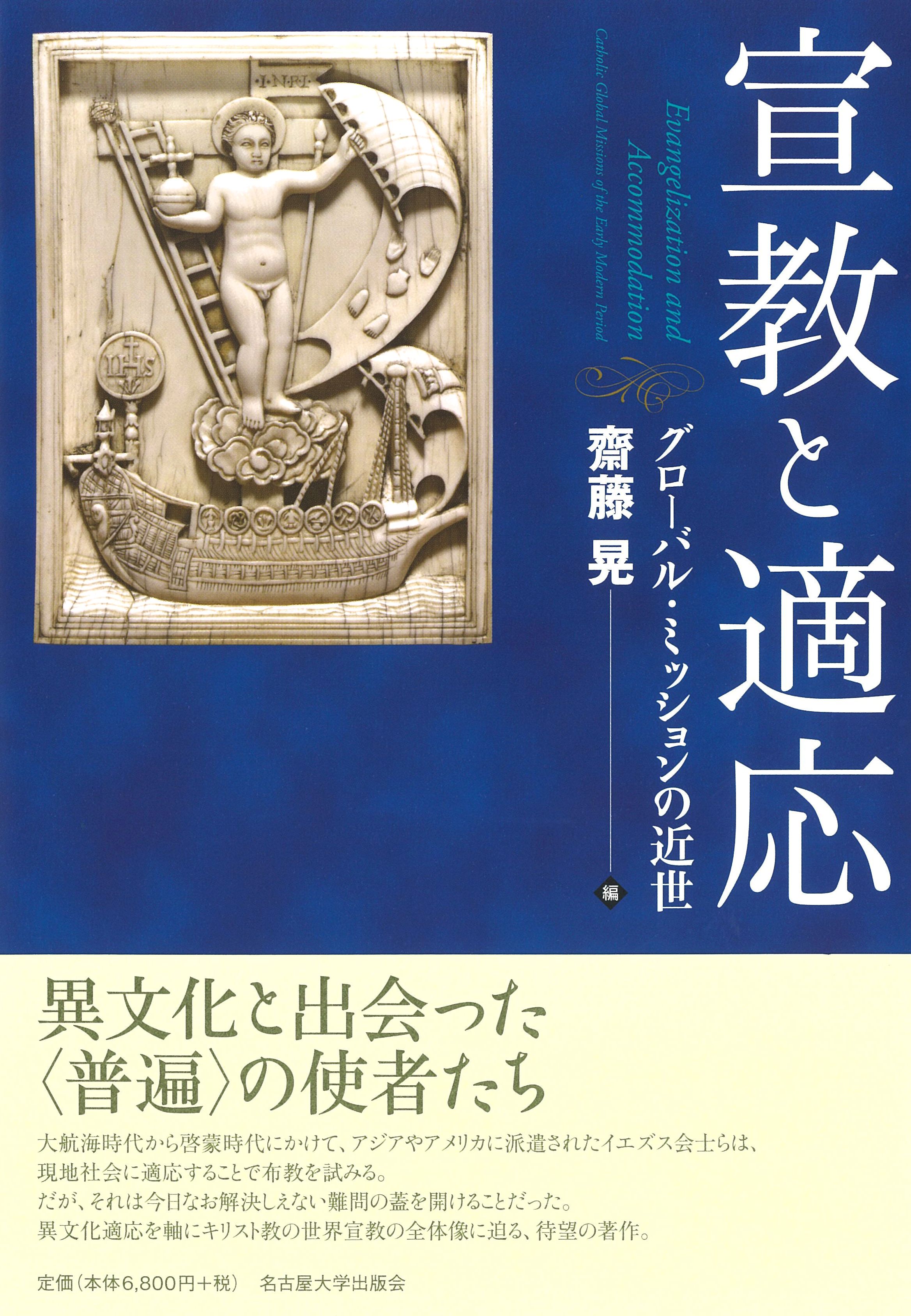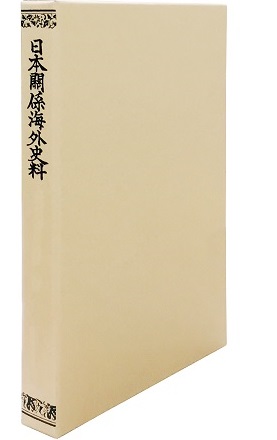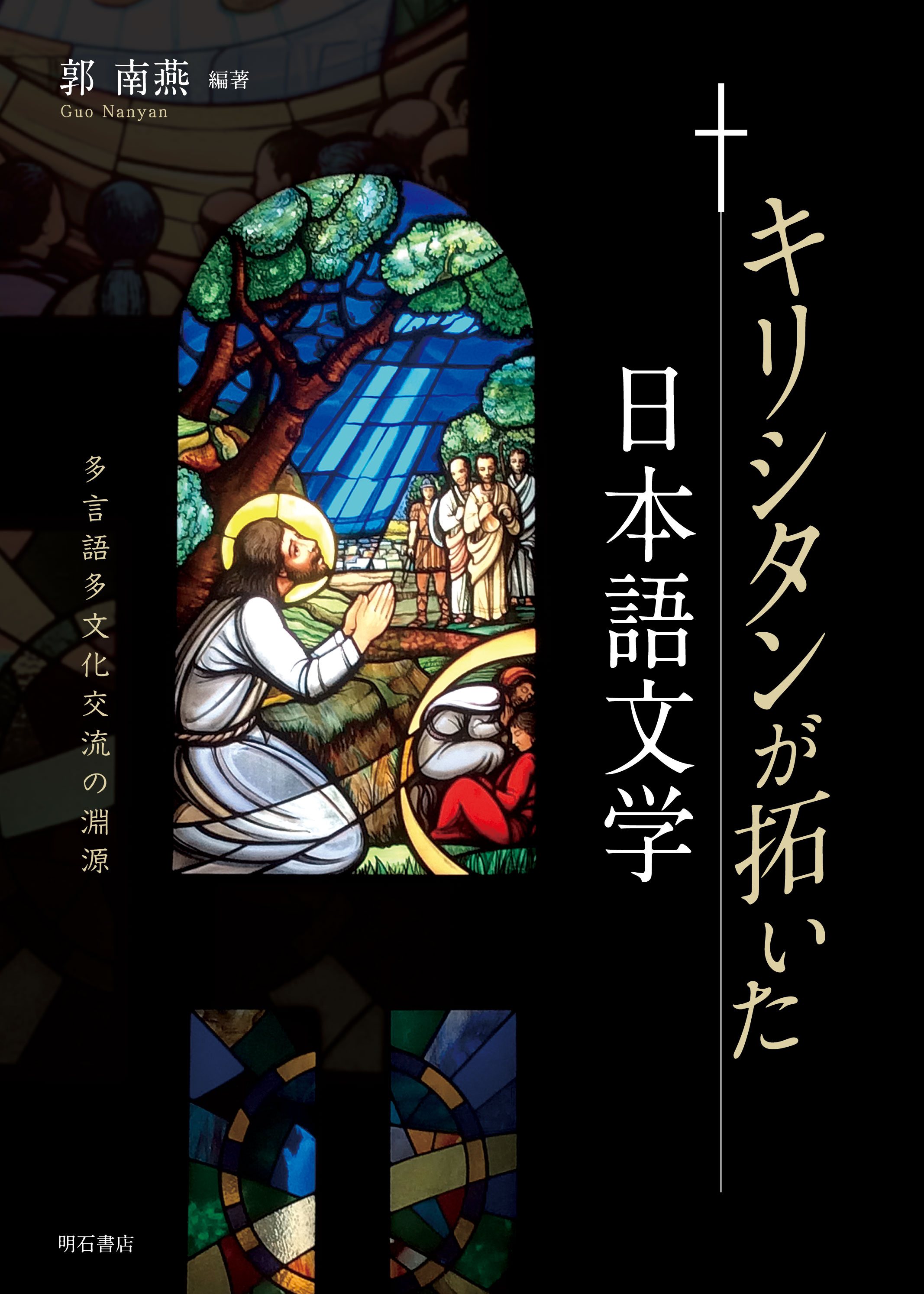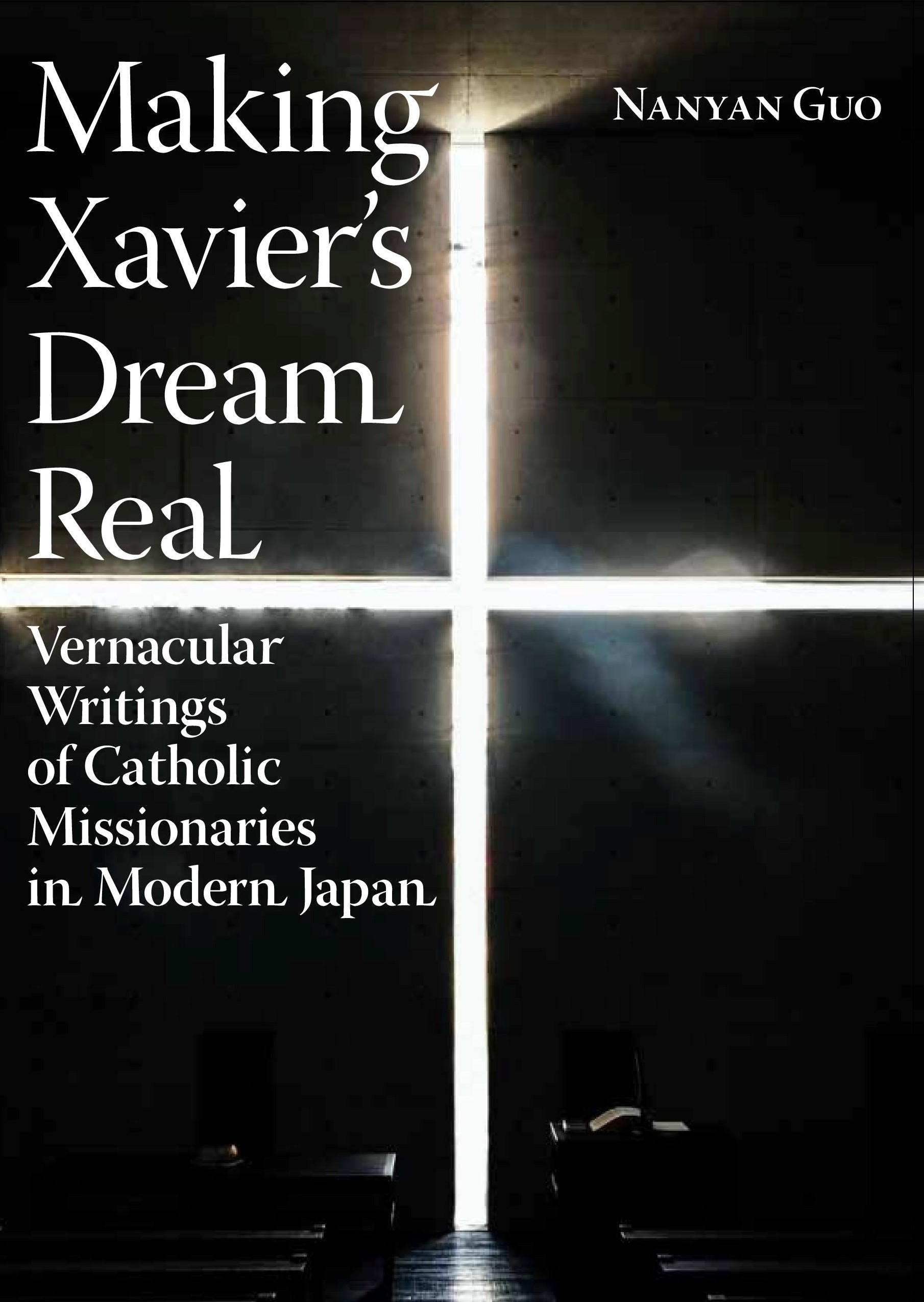
Title
Senkyo to Tekio (Evangelization and Accommodation - Catholic Global Missions of the Early Modern Period)
Size
554 pages, A5 format, hardcover
Language
Japanese
Released
2020
ISBN
978-4-8158-0977-5
Published by
The University of Nagoya Press
Book Info
See Book Availability at Library
Japanese Page
The work introduced here is the result of three and a half years of collaborative research conducted at the National Museum of Ethnology, Japan, starting in October of 2014. Supervising this research was the museum’s Prof. SAITO Akira, who is a leading figure in Andean studies. It was Prof. SAITO, a long-time friend of mine, who asked, “Mr. Amino, I’m thinking of putting together a group to conduct an international comparative study on the world history of Catholic evangelization centered around the Society of Jesus. Do you want to join?” After answering with a resounding “Yes,” I began eagerly attending research meetings that were held in Osaka. But the research meetings turned out to be much more challenging than I had expected.
As is well known, following its establishment in the 16th century, the Society of Jesus, riding the current of European exploration and migration in the Age of Discovery, worked its way to the forefront of the worldwide Catholic evangelization. The research group consisted of a Who’s Who list of Japanese experts on the history of religious missions from around the country. I remember being overwhelmed upon seeing the slate of distinguished scholars assembled, many of whom I knew by reputation only. That was not all. In other research groups that I had participated in up to that point, we would begin with self-introductions, then present our respective studies in order, and conclude by putting together a final report compiling our research results. This collaborative research was vastly different. Because each scholar specialized in a different region of the world, Prof. SAITO insisted that it was necessary for everyone to have a shared understanding of the history of each territory. Thus, the first year was spent exhaustively reading and jointly reviewing basic literature with the goal of developing familiarity with each researcher’s area and, thereby, setting the groundwork for fruitful dialogue. For example, as an expert on Andean history, I introduced papers related to idolatry in Japan, while an expert on the Mogul Empire introduced papers on early Japanese Christianity, and an expert on Chinese history introduced papers on the history of evangelization in the New World. Reading papers about unfamiliar regions of the world was demanding work. That said, the exposure to a dazzling history of evangelization in regions of the world with which I had had no previous connection was pleasantly stimulating and provided different lenses through which to identify new research themes in my own area of expertise.
After establishing this foundation, the next step was for each researcher to present their own research findings. Although European missionaries evoke images of the forceful imposition of Christianity against a backdrop of violent conquest, the Society of Jesus adopted a strategy of thoroughly studying the culture, history, and religious circumstances of local populations and flexibly adapting the teachings of the Catholic Church to these circumstances. Although their efforts often provoked strong conflict and resistance, the Jesuits succeeded in winning over many local populations through its novel strategy of sensitive proselytism underpinned by intellectualism. That said, this delicately constructed method of religious conversion did not succeed in all contexts and, in some cases, revealed the limitations of Christianity itself.
Each of the participants vividly depicted the pattern of evangelization that unfolded as a result of this strategy of accommodation in their area of expertise while skillfully utilizing methodologies from the study of historical sources, art history, the history of ideas, and linguistics, etc. I still fondly remember shivering with intense intellectual excitement on my return trips to Tokyo after meetings.
These reports were compiled into a single book under the skillful editorship of TACHIBANA Sogo of the University of Nagoya Press who participated in and sparked incisive criticism and commentary at every meeting. It is a book that I would recommend highly to anyone interested in the world history of religion in the early modern era.
(Written by AMINO Tetsuya, Professor, Graduate School of Arts and Sciences / 2021)



 Find a book
Find a book





